The turn of the millennium was not the greatest times for Indian cricket. While Hansie Cronje’s face was plastered on most Indian channels, the gravitas of the ‘match fixing’ situation didn’t really hit me until I saw Kapil Dev weeping on a primetime news channel. Our only World Cup winning captain was battling charges of corruption and fixing. Seeing the names of Ajay Jadeja, Mohammed Azharuddin involved in this scandal, shook the very foundations of the most devoted Indian cricket fans. An air of distrust and suspicion took over us, so much so it almost seemed like the death of the sport. The Gods were being looked at with skepticism, instead of the usual reverence.

A newly-appointed Sourav Ganguly was finding his feet as captain, as the team witnessed a terrible transition phase.
Between March and June when the scandal broke, the team played a triangular series in UAE and the Asia Cup in Bangladesh reaching neither of the finals. The calm of 4 months helped as the selectors distanced the team from the accusations and the negativity. An 18-year-old Yuvraj Singh and a 22-year old Zaheer Khan among others, would usher Indian cricket into its next chapter. There was talk of fiery aggression in the training camps, a do-or-die attitude on the field and a taskmaster like Sourav Ganguly at the helm helped. A new millennium was upon us and Indian cricket was about to change forever.
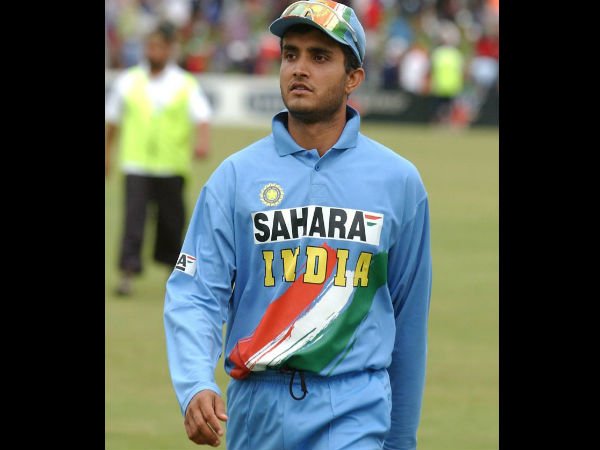
Playing an easy opener against hosts Kenya, the team routed them by 8 wickets with 5 overs to spare. Next up were the Aussies. With the tournament adopting a knockout approach, it meant each game was an eliminator. This made things tricky, as the Indians had only just been humiliated in a tri-series involving Australia and Pakistan earlier that year, where they won only 1 out of 8 matches.
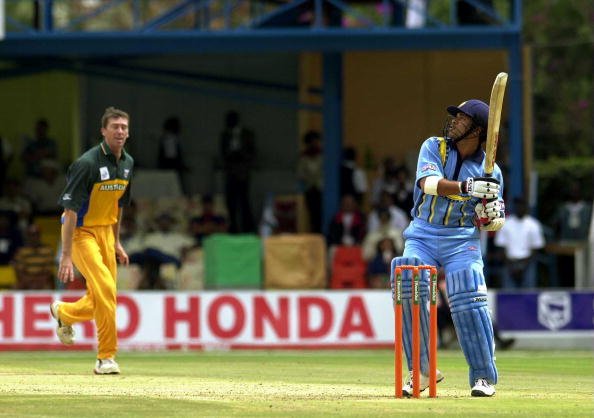
This was a different side though, there was a visible freshness about it. There was a hunger to win, a fire to prove that they belonged. A good mix of the experienced and youth led by a charismatic Ganguly, this side was here to prove a point for Indian cricket.
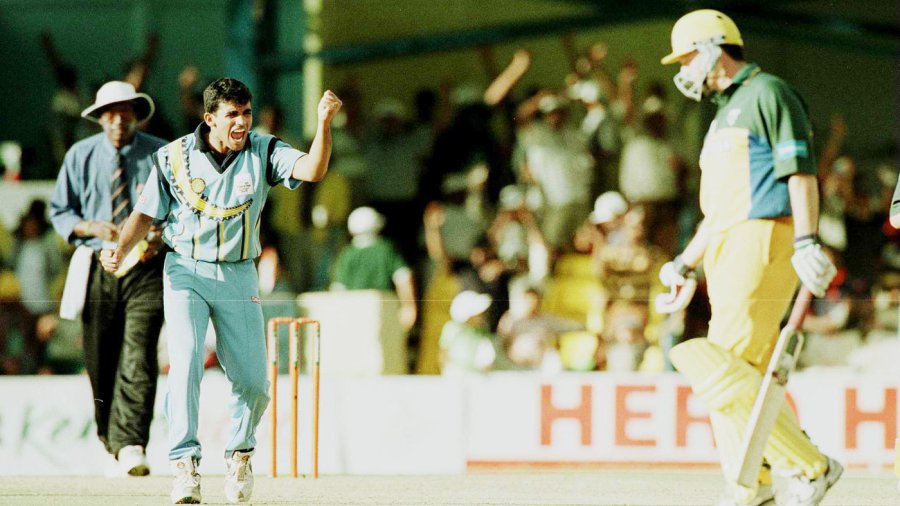
Yuvraj stepped up on match day, making an 80-ball 84 in what was a match-winning knock. Beating the Aussies by 20 runs, the ‘young team from India’ had made its statement to the world. It even beat a tough South African side by 95 runs where captain Ganguly led from the front with an unbeaten 141. Did I say this team was hungry for success and had a fire in them to prove they belonged?
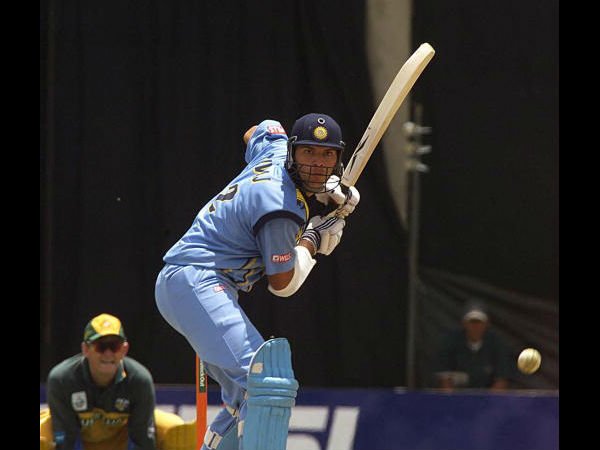
Even though they lost to New Zealand in the finals thanks to a champion hundred by the now-disgraced Chris Cairns, you could see things were different about this team.
Any of you imagine the ‘look’ of the Indian economy when it opened up in 1991? I imagined this Indian team was in some way its reflection – young, aggressive, fiercely competitive.
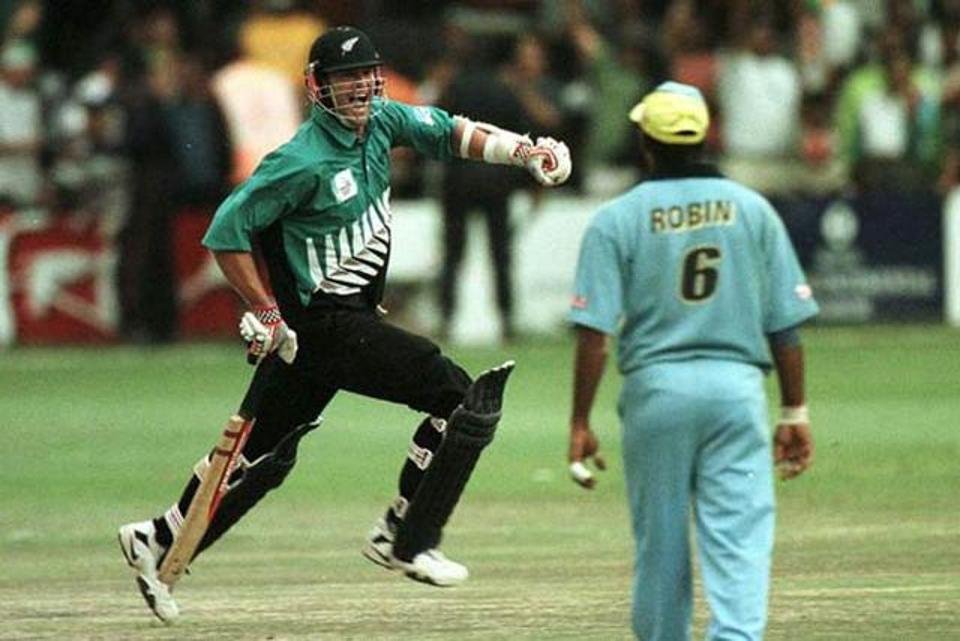
This was no longer the sluggish 90s side whose fortunes depended on a certain Mr. Sachin Tendulkar. This team meant there were newer names to take the load off Sachin, which helped the genius express himself with more freedom as we saw in the 2003 World Cup in South Africa.
A hungry Harbhajan was breathing down the neck of Anil Kumble. And that possibly aided his 24-wicket haul in the 2003 series Down Under, erasing any doubts if the aging spinner had competitive cricket left in him.
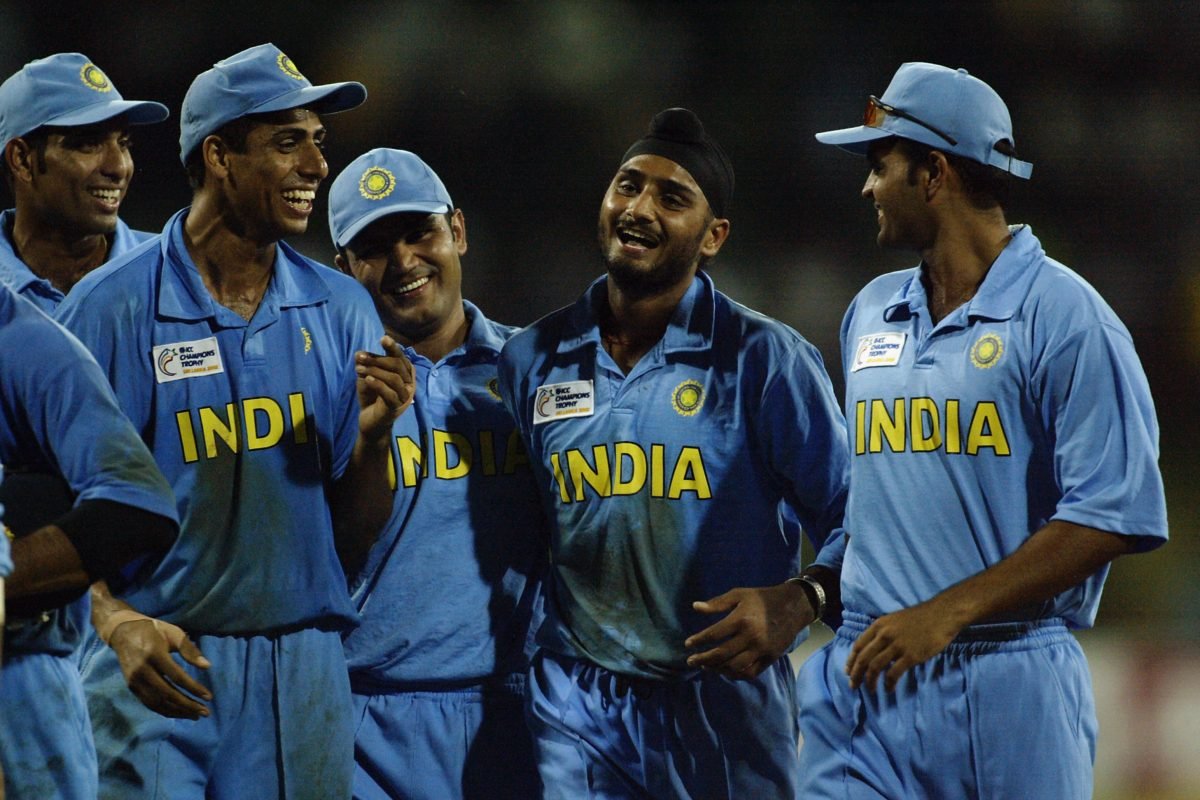
A veteran Javagal Srinath took the initially wayward Zaheer Khan under his tutelage and taught him to control his gifts. A flamboyant Virender Sehwag became Tendulkar’s lieutenant and even overhauled God in some facets of the game, sculpting an identity for himself.
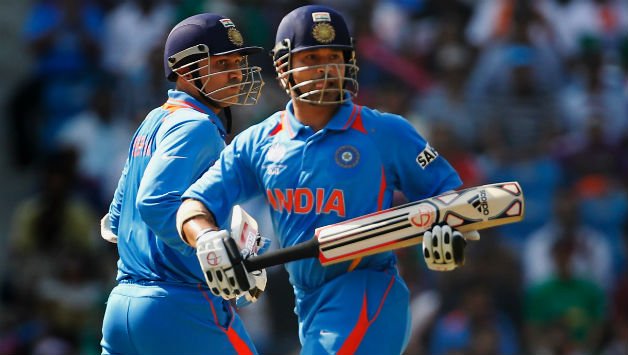
From then on, the team has seen dizzying heights of success. Winning that legendary Test match at Eden Gardens, Zaheer Khan scampering for that second run to seal the NatWest trophy in England, Dravid punching the air in what was our first Test win down under in Adelaide, all these moments proved monumental in paving the way for Dhoni’s side.
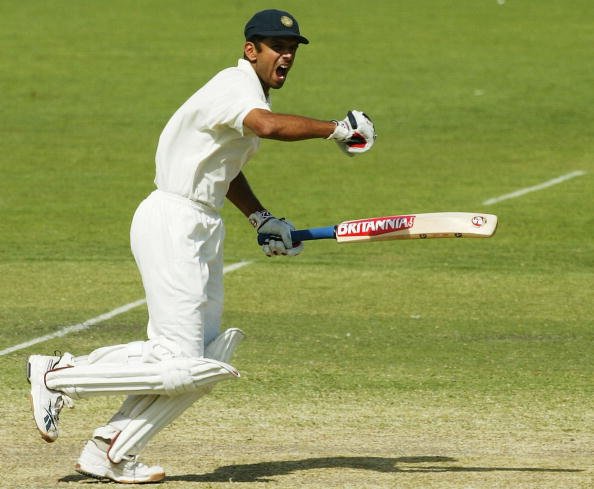
And since then, the youngsters have only pushed that drive to succeed even further. The youngsters began marching alongside the veterans, never compromising on the respect due to their senior colleagues. Either it was Kohli matching Sachin for each step, or K L Rahul shouldering the responsibility of a match alongside MS Dhoni.
Each and every player had only one objective on the field – to contribute to a win.
Whether you look at the T20 World Cup win in 2007 or the 2011 World Cup or the Champions Trophy win in 2013, all the sides had that one veteran whose fire was properly channeled by that Ganguly-led team.
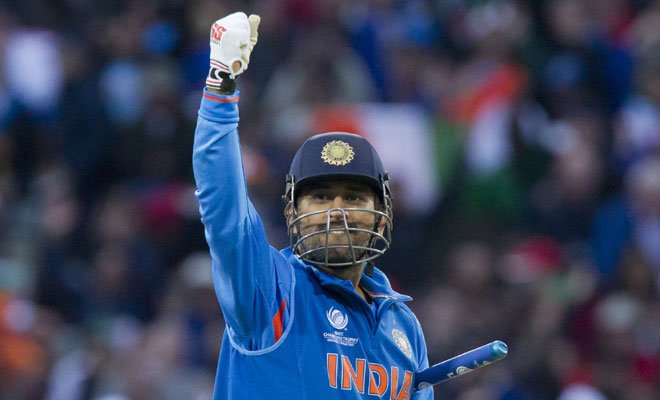
As people debate the need for the Champions Trophy in 2017, fans of Indian cricket will always remain grateful to this one tournament. At this very tournament 17 years ago, we learned to rise from the Lazarus Pit and upset the world order. We showed the world we belonged, and that we too could become unapologetic champions. It all began in the year 2000 in Nairobi.

















